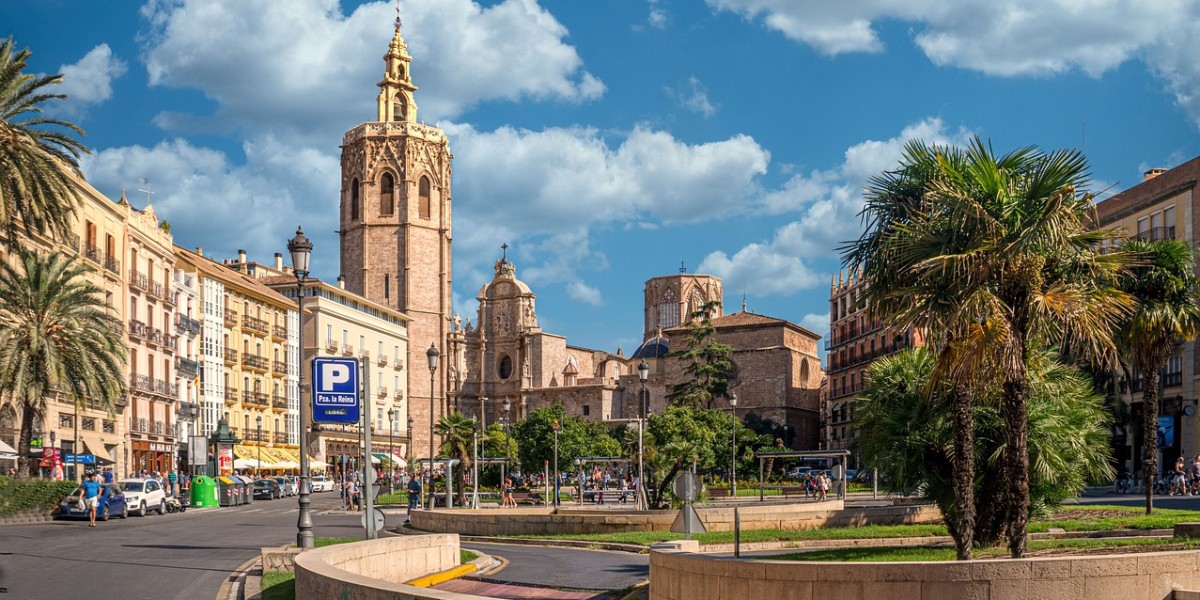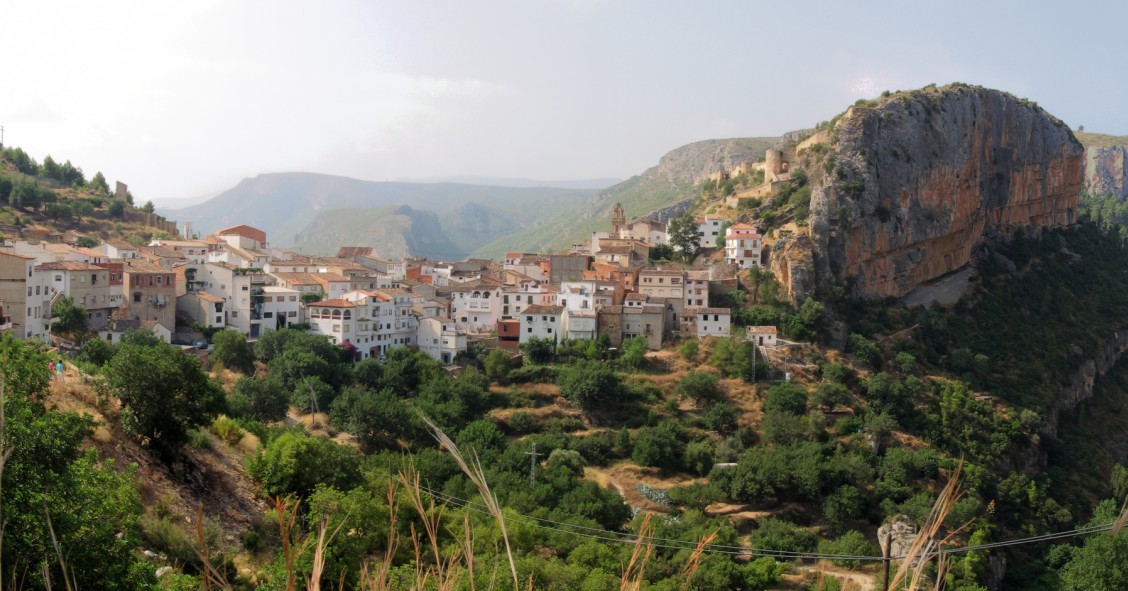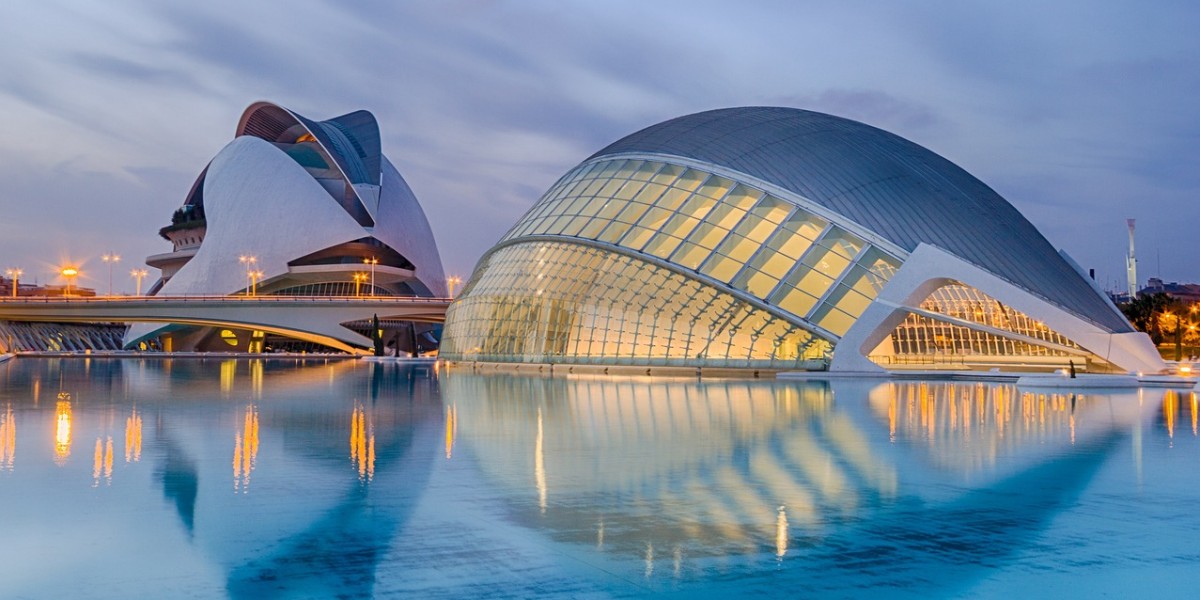
The City of Arts and Sciences, a remarkable architectural and cultural complex designed by Valencian architect Santiago Calatrava, is one of Valencia's most iconic landmarks.
Its futuristic structures and a range of cultural and educational activities symbolise innovation and modernity. Here’s everything you need to know to visit the City of Arts and Sciences.
History of the City of Arts and Sciences
The City of Arts and Sciences dates back to the 1990s when it was envisioned as part of an ambitious plan to transform the old Turia riverbed into a cultural and scientific hub.
Since its opening in 1998, the complex has continually evolved and expanded, becoming one of Spain's leading cultural centres.
Santiago Calatrava's futuristic design, merging organic shapes with avant-garde structures, redefined Valencia's image and put the city on the global map. Each building within the complex has its own distinct history and purpose.
Over the years, the City of Arts and Sciences has hosted numerous international events, exhibitions, and conferences, cementing its status as a hub where education, culture, and scientific research converge.

City of Arts and Sciences buildings
The City of Arts and Sciences in Valencia is a complex of buildings designed by architect Santiago Calatrava, each serving a different purpose.
- Hemisfèric: This building, shaped like a human eye, houses an IMAX cinema, a planetarium, and a laser. It is renowned for its immersive projections on a concave screen, offering visitors an engaging experience with films and astronomical shows.
- Museu de les Ciències: An interactive museum known for its engaging, hands-on approach to science and technology. Visitors of all ages can explore exhibits that promote active learning and discovery.
- Oceanogràfic: Renowned as Europe’s largest aquarium, Oceanogràfic showcases a diverse range of marine species across habitats that mirror the world's major ecosystems.
- Palau de les Arts Reina Sofía: This majestic opera house is both an architectural landmark and a vibrant cultural centre, hosting various events including ballet, concerts and plays.
- Umbracle: Not a building, but the landscaped promenade at the top of the complex, where you can get panoramic views of the entire City of Arts and Sciences. This space also functions as an open-air museum.
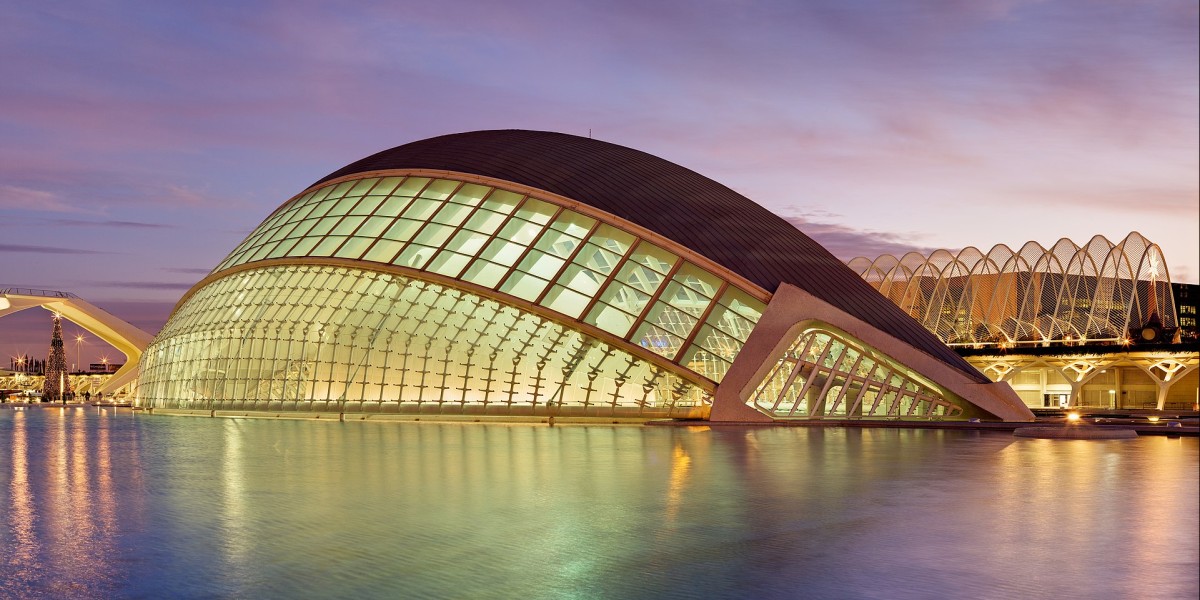
City of Arts and Sciences tickets, admission fees and opening times
To fully enjoy this experience, visitors should know about admission fees and opening times for each venue. Firstly, walking around the public spaces around the buildings is free of charge. You can also enter Umbracle's garden promenade free of charge.
Admission fees
Ticket prices vary based on the attractions you wish to visit. Here are the prices for each building.
Príncipe Felipe Science Museum:
- Adults: €9
- Children (4–12 years), disabled persons and seniors over 65 years: €6.90
- Under 4s: Free
Hemisfèric (access to IMAX cinema and planetarium):
- Adults: €8.70
- Children (4–12 years), students and seniors over 65: €6.70
- Under 4s: Free
Oceanographic (aquarium):
- Adults: €40.50
- Children (4–12 years), students and seniors over 65: €30
- Under 4s: Free
Combination packages: Several combination packages are available to save you money if you plan to visit multiple buildings. Here are the options.
- Museu de les Ciències Príncipe Felipe + Hemisfèric: €13.30 for adults and €10.20 for concessions.
- Museu de les Ciències Príncipe Felipe + Oceanogràfic: €42.70 for adults and €32.20 for concessions.
- Hemisfèric + Oceanogràfic: €42.50 for adults and €32 for concessions.
- Museu de les Ciències Príncipe Felipe + Hemisfèric + Oceanogràfic: €48.70 for adults and €38.20 for concessions.
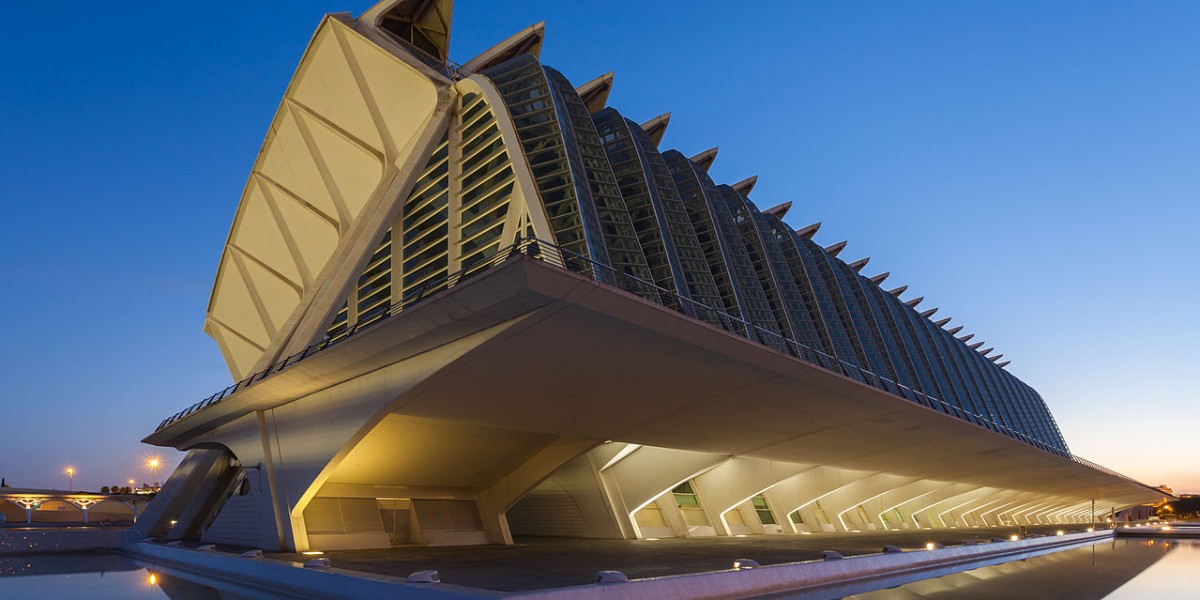
Opening times
Opening times vary by season. During high season (late June to early September), the buildings are open from 10:00 am to 9:00 pm.
In winter (October to March), the complex closes at 6:00 pm on weekdays and 7:00 pm on weekends. For the rest of the year, it is open until 7:00 pm daily.
Check the official website before visiting, as opening hours may vary depending on the day of the week, holidays or special events.
If you're curious about how long it takes to explore the City of Arts and Sciences, it depends on your itinerary. The Science Museum requires at least three hours, Hemisféric has 45-minute screenings, and Oceanogràfic can take four to five hours to fully experience.
How to get to the City of Arts and Sciences
Accessing the City of Arts and Sciences is convenient, as it is situated in a prime location in Valencia. Here are your options for getting there.
- Bus: Several bus lines have stops near the complex, such as lines 1, 13, 14, 15, 19, 35, 95 and 40.
- Tram: Tram line 4 will also leave you within walking distance. The nearest stops are Ciutat Arts i Ciències - Justícia and Oceanogràfic.
- Bicycle: Valencia has an excellent public bicycle rental service with stations located throughout the city, including one very close to the complex.
- Car: The complex features a large underground car park located beneath Umbracle, with access via Avenida del Professor López Piñero. Additional parking is available in the nearby streets.
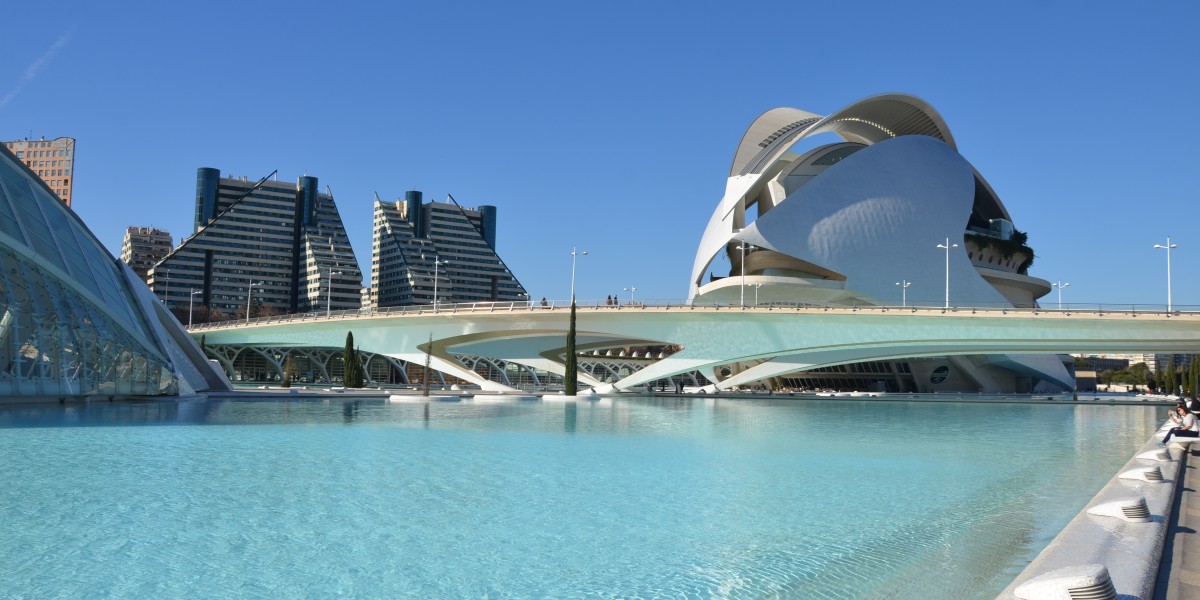
Interesting facts about the City of Arts and Sciences
The City of Arts and Sciences is also known for some curious facts you may not know.
- The Palau de les Arts Reina Sofía's design is inspired by the hull of a ship, reflecting Valencia's maritime tradition.
- Oceanogràfic, Europe’s largest aquarium, is home to over 500 species in more than 42 million litres of water.
- Hemisféric, with its eye-like shape, features a cover that opens and closes to protect its interior while simulating the blinking of an eye.
- Umbracle, while serving as a landscaped walkway, also offers a vantage point for panoramic views of the entire architectural complex.
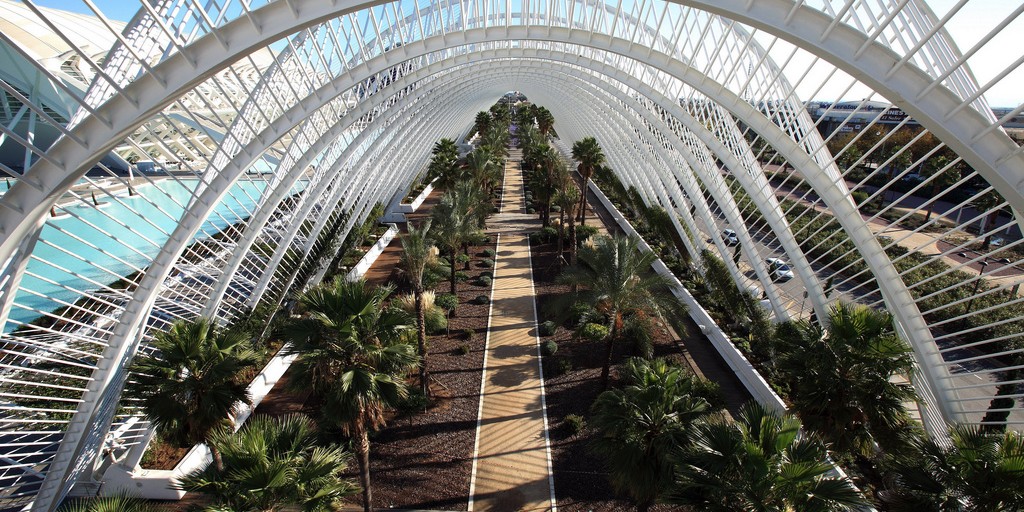
Living in Valencia
Valencia, renowned for its vibrant cultural scene and Mediterranean climate, boasts an exceptional quality of life. The city is celebrated for its rich history, delectable cuisine, and lively festivals.
Blending tradition with modernity, Valencia features a range of residential areas from historic neighbourhoods with charming old buildings and cobbled streets to contemporary urban developments.
Whether you’re thinking about living in Valencia or just visiting, you'll find it a city well worth exploring. Here are the available properties and rentals if you're thinking of making it your home.
